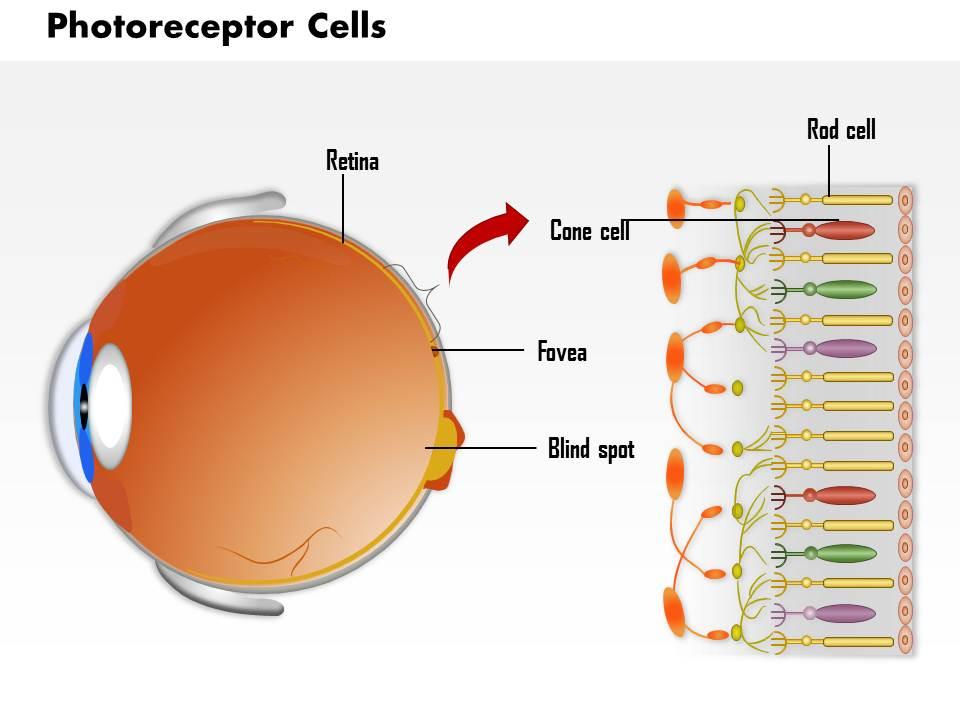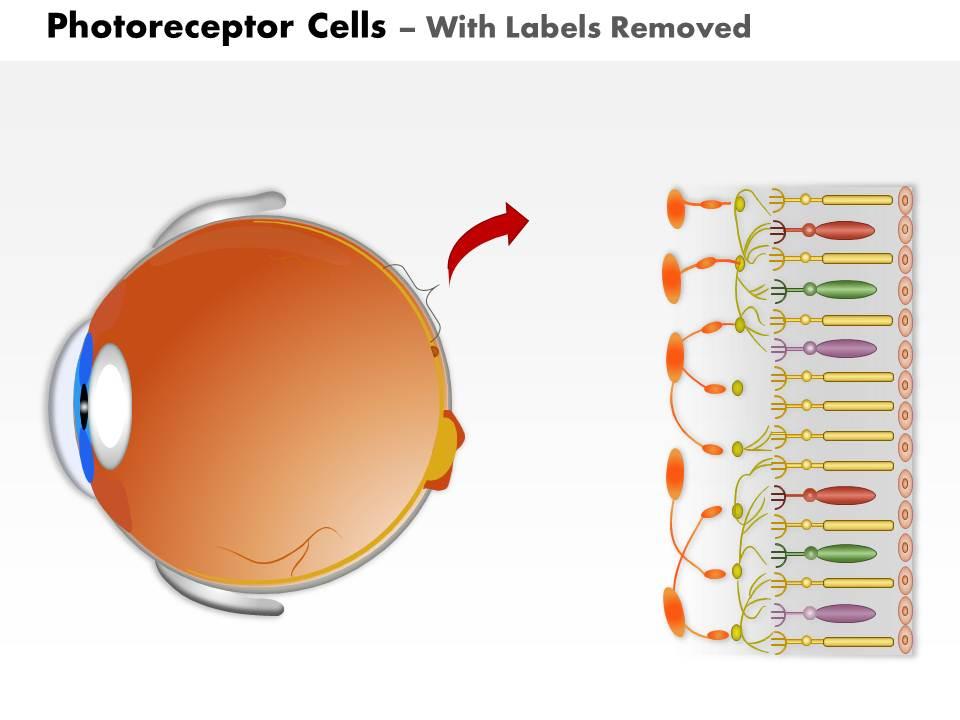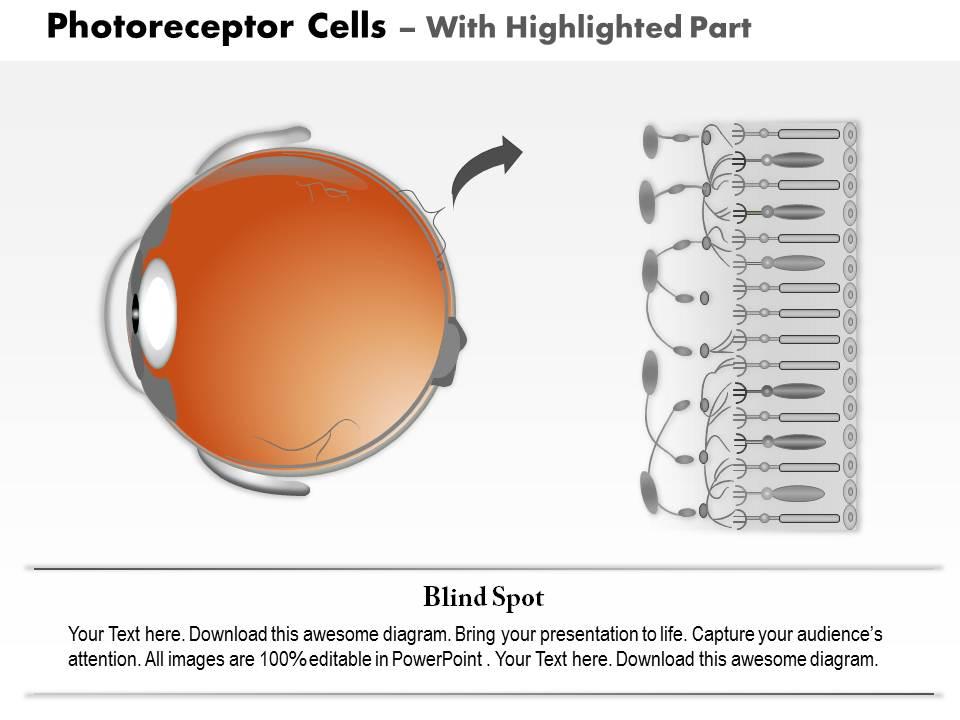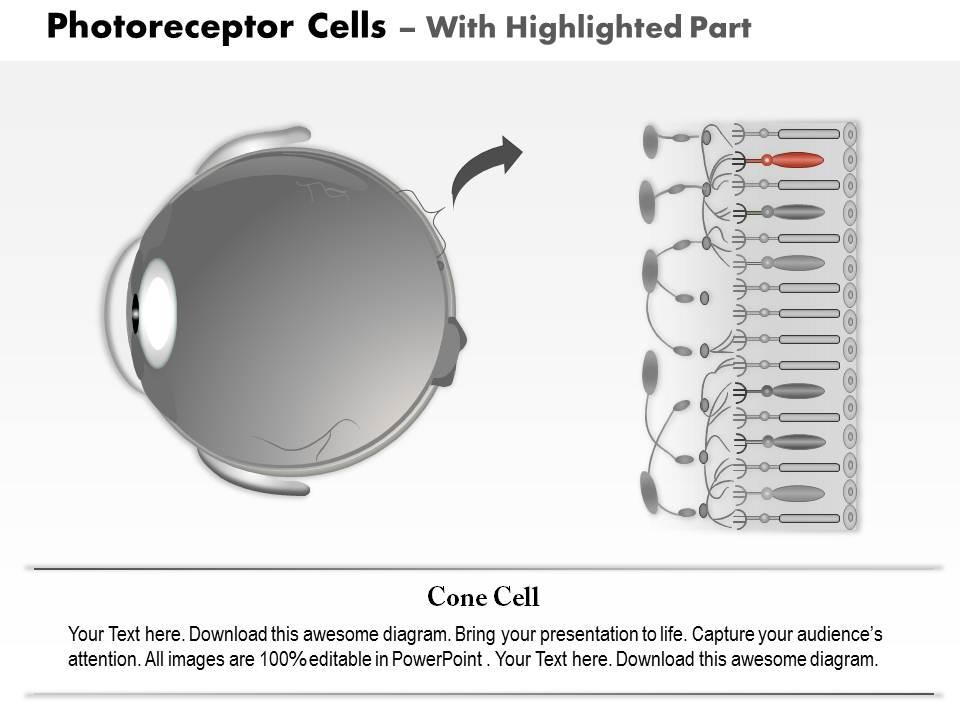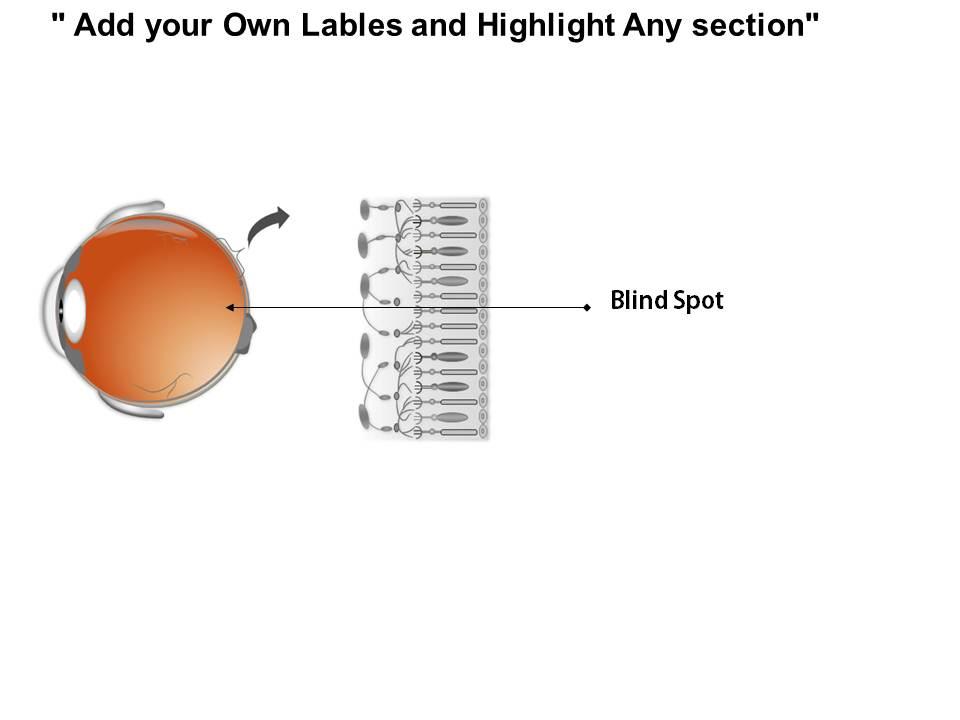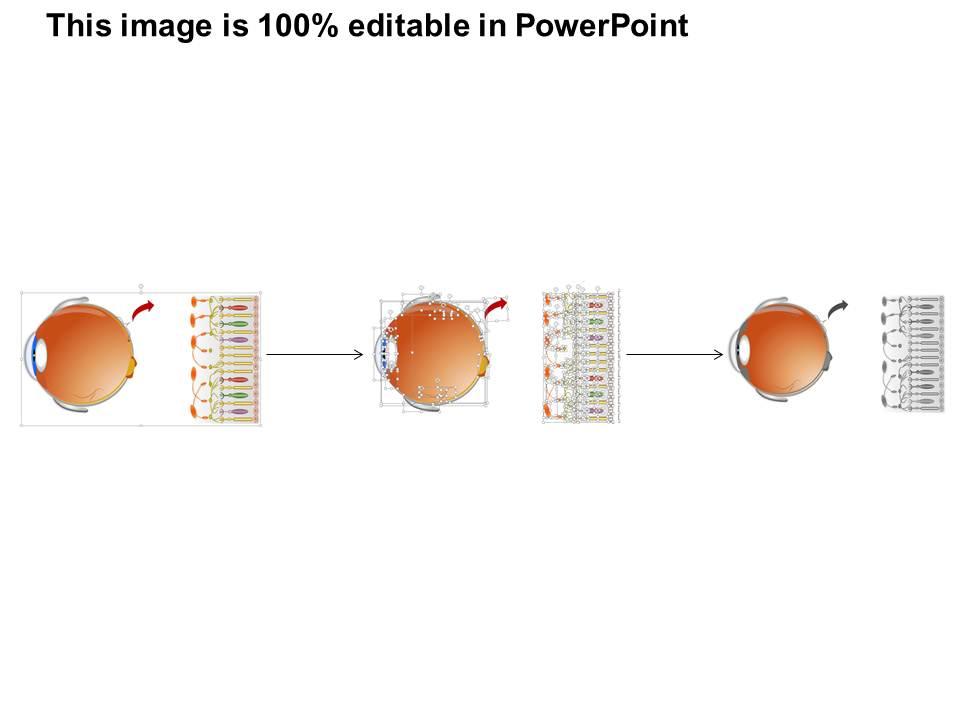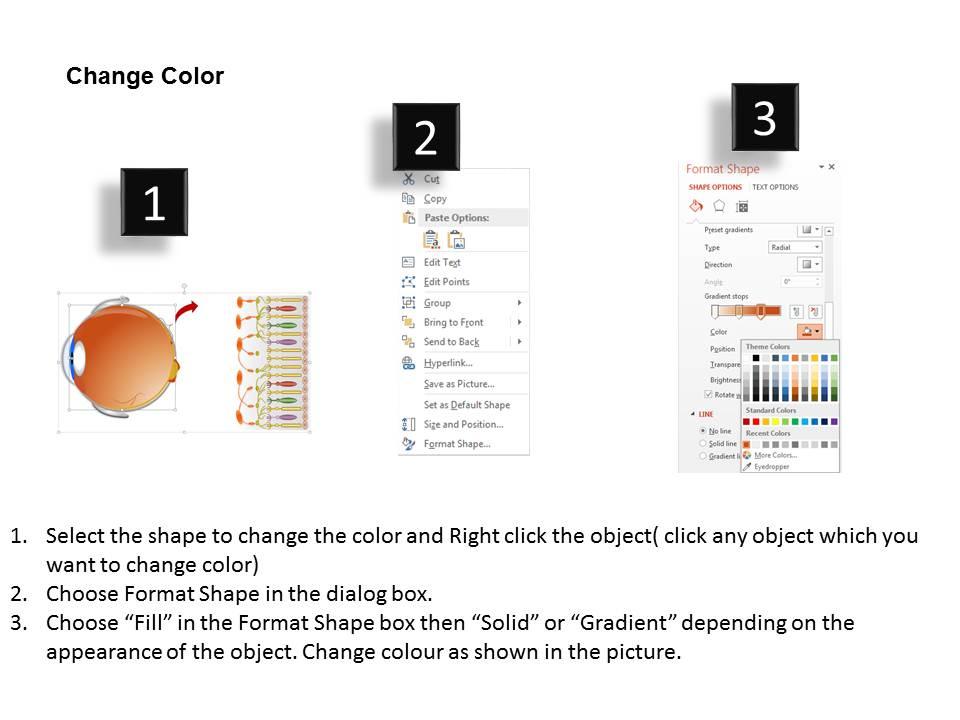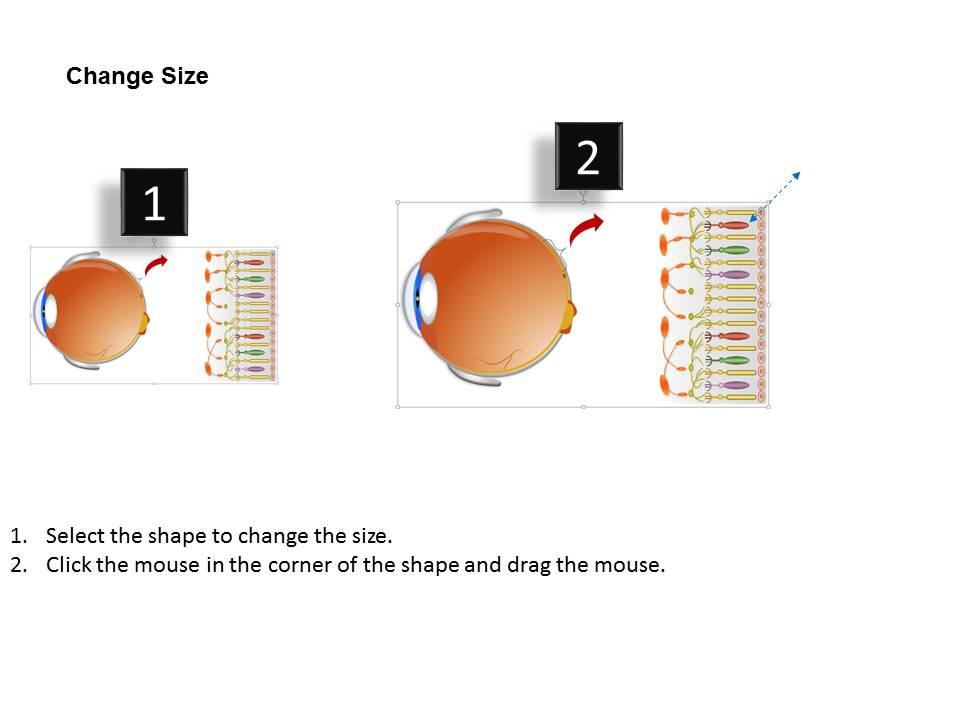0814 photoreceptor cells in the retina of the eye medical images for powerpoint
Get your team to play the beat. Set the rhythm with our 0814 Photoreceptor Cells In The Retina Of The Eye Medical Images For PowerPoint.
- Google Slides is a new FREE Presentation software from Google.
- All our content is 100% compatible with Google Slides.
- Just download our designs, and upload them to Google Slides and they will work automatically.
- Amaze your audience with SlideTeam and Google Slides.
-
Want Changes to This PPT Slide? Check out our Presentation Design Services
- WideScreen Aspect ratio is becoming a very popular format. When you download this product, the downloaded ZIP will contain this product in both standard and widescreen format.
-

- Some older products that we have may only be in standard format, but they can easily be converted to widescreen.
- To do this, please open the SlideTeam product in Powerpoint, and go to
- Design ( On the top bar) -> Page Setup -> and select "On-screen Show (16:9)” in the drop down for "Slides Sized for".
- The slide or theme will change to widescreen, and all graphics will adjust automatically. You can similarly convert our content to any other desired screen aspect ratio.
Compatible With Google Slides

Get This In WideScreen
You must be logged in to download this presentation.
PowerPoint presentation slides
We are proud to present our 0814 photoreceptor cells in the retina of the eye medical images for powerpoint. This medical image contains the graphic of photoreceptor cells in the retina. This medical image is usable for explaining photosensitive cell in the retina of vertebrate eyes. This image also contains the cone and rod cell graphics with blind spot inside the human eye. Use this image in human eye structure related presentations
People who downloaded this PowerPoint presentation also viewed the following :
Content of this Powerpoint Presentation
Description:
The image is an educational illustration of the photoreceptor cells in the human eye, specifically within the retina. It is designed to depict and differentiate between the two types of photoreceptor cells: rods and cones.
On the left side of the image, there's a side view of the human eye, with the retina labeled. The retina is a thin layer of tissue that lines the back of the eye on the inside and is responsible for receiving light that the lens has focused, converting the light into neural signals, and sending these signals on to the brain for visual recognition.
To the right, the illustration provides a detailed view of the retina's photoreceptor cells. It shows the elongated structures of rod cells, which are numerous in the human eye and are highly sensitive to light. They are more responsible for vision at low light levels (scotopic vision), but do not mediate color vision, and have a low spatial acuity.
The shorter, conical structures represent cone cells, which are less numerous but are essential for color vision and are responsible for high spatial acuity. The cones are densely packed in the fovea, a small, central pit composed of closely packed cones in the eye that is responsible for sharp, central vision.
The image also indicates the location of the fovea and the blind spot on the retina. The blind spot is the point of entry for the optic nerve on the retina, devoid of any photoreceptor cells, which results in an absence of image detection in this area.
Use Cases:
Illustrations of photoreceptor cells are valuable in industries focused on visual health, education, and technologies enhancing or relying on sight.
1. Healthcare:
Use: Educating about eye anatomy and functions.
Presenter: Ophthalmologist
Audience: Patients, Medical Students
2. Pharmaceuticals:
Use: Presenting treatments for retinal diseases.
Presenter: Medical Science Liaison
Audience: Healthcare Providers, Researchers
3. Biotechnology:
Use: Exploring genetic causes of photoreceptor disorders.
Presenter: Research Scientist
Audience: Geneticists, Biotech Engineers
4. Medical Devices:
Use: Demonstrating how optical instruments interact with the retina.
Presenter: Product Developer
Audience: Device Users, Sales Teams
5. Optometry:
Use: Training on eye examination procedures.
Presenter: Optometry Educator
Audience: Optometry Students, Opticians
6. Visual Arts:
Use: Teaching color perception and visual arts.
Presenter: Art Instructor
Audience: Art Students, Designers
7. Technology and VR:
Use: Designing virtual reality systems mimicking eye function.
Presenter: VR Engineer
Audience: Developers, Product Managers
0814 photoreceptor cells in the retina of the eye medical images for powerpoint with all 9 slides:
Our 0814 Photoreceptor Cells In The Retina Of The Eye Medical Images For PowerPoint follow discipline. They abide by all the do's and dont's.
-
Excellent design and quick turnaround.
-
The content is very helpful from business point of view.


